Can Prefabricated Structures Withstand Seismic Shocks?

Natural disasters are inevitable; one can never foresee such dangers. Particularly, earthquakes can occur suddenly and lead to catastrophic outcomes. In a country like India, which spans multiple seismic zones, the threat of earthquakes remains ever-present over urban and rural areas. India has observed a surge in infrastructure growth; the engineers and architects have shifted to curating buildings and structures by giving safety priority. Prefabricated structures and Pre-engineered buildings have become their go-to option due to the construction speed, cost-efficiency, design flexibility, and extensive safety. Finding the right prefabricated structure that stays resilient in earthquake-prone zones can be disconcerting due to the limitations and lack of industry knowledge. Pressmach offers the best prefabricated structures that can withstand earthquakes as well as prove longevity. Let us look at the resilience of prefabricated structures and their viability in earthquake-prone regions.
Understanding the Seismic Resilience of Lightweight Structures
Prefabricated structures and PEB structures are inherently lightweight due to their design. This trait makes them a better alternative in earthquake-prone zones compared to conventional buildings that are made from heavy materials such as bricks and mortar. The lack of weight is an instrumental advantage due to their resistance against earthquake forces. Earthquake forces are proportional to the mass of the structure and therefore, lighter buildings experience lesser forces during seismic activities. Earthquake forces are proportional to the mass of the structure and therefore, lighter buildings experience lesser forces during seismic activities.
PEB structures are made using steel or hybrid materials, which makes them more flexible and ductile - the perfect combination of aspects for absorbing seismic energy. Moreover, steel bends unlike brittle materials that break, allowing prefabricated structures to accommodate seismic forces. Our experts at Pressmach recommend steel-based prefab buildings due to their capacity to deform elastically and dissipate energy.
Does the Prefabricated House Offer Earthquake Resistance?
If designed and constructed with seismic standards, prefabricated houses can offer considerable earthquake resistance. The Bureau of Indian Standards, commonly abbreviated as BIS, has long-established specific codes that must be complied with while constructing structures in seismic zones:
- IS 1893 - Criteria for Earthquake Resistant Design of Structures
- IS 800 - General Construction in Steel
Prefabricated structures constructed by following these codes can distribute seismic loads uniformly and reduce stress concentration at joints. PEB structures also come with bolted or welded connections, which are designed for lateral movement to absorb seismic energy, beneficial for the absorption of seismic waves. Moreover, these structures come with dampeners and base isolators for efficient absorption of the waves caused by earthquakes. As prefabricated structures are developed in factories, they undergo multiple quality checks to eliminate the chances of construction errors.
Benefits of Earthquake-Resistant Prefabricated Buildings
In a diverse and dynamic country like India, which houses seismic zones, the demand for reliable, rapidly deployable, and cost-effective construction solutions is growing. But what makes earthquake-resistant buildings stand out?
Faster Construction: Prefabricated buildings are renowned for their rapid construction rates compared to conventional building methods. In the case of the prefab process, the structure's foundations are constructed on-site while major building components are manufactured in factories and finally set up and assembled by qualified technicians. This allows for a more efficient and systematic construction approach, which is time efficient and the go-to choice.
Cost Efficiency: Prefabricated structures are cost-efficient while not compromising on quality or safety. Prefabrication does not require large on-site workforces, effectively lowering the labor costs. Additionally, prefabricated structures require only the right amount of materials, eliminating material wastage. These reasons contribute to prefabricated structures as the ideal choice, especially for mass housing projects in India’s earthquake-prone zones.
Adaptability to Challenging Terrain: Prefabricated buildings come with high versatility and the ability to be molded to the requirements of diverse terrains. This adaptability is instrumental for areas that are susceptible to seismic activity. Modular lightweight structures allow for simple transportation and installation, especially when it comes to rural areas, mountainous regions, or forested zones.
Sustainability: Prefabricated structures are extensively sustainable due to their usage of recycled and green materials. The factory-controlled setting reduces dust, noise, debris, and other pollutants on construction sites, minimizing the carbon footprint. Most of the prefabricated structures are inherently modular and reusable, and they align with broader sustainability goals.
Compliance with Seismic Safety Standards: Prefabricated buildings are designed in compliance with earthquake safety criteria. At Pressmach, we ensure that all the prefabricated structures, including our prefabricated disaster relief shelters, comply with Indian seismic codes and are capable of withstanding the regional seismic forces.
What Affects the Lifespan of Prefabricated Houses?
Prefabricated buildings are known for their efficiency, versatility, and cost-effectiveness. But the longevity of these structures depends on certain factors, especially when it comes to earthquake-prone areas. Let us take a closer look at the elements that influence a prefabricated building’s lifespan:
Material Quality: The longevity of any structure depends on the core materials used in its construction. High-quality steel and corrosion-resistant coatings are essential in maintaining structural integrity, especially when it comes to earthquake-prone areas.
Design Parameters: Not all prefabricated buildings are created equal; their design plays a major role in the lifespan of a prefab structure. Structures designed specifically for seismic performance will have a longer lifespan in earthquake-prone areas.
Foundation Strength: Structural stability requires a solid foundation that matches the local soil conditions and seismic risk levels. Prefabricated structures with base isolators and dampeners can enhance structural stability.
Maintenance Practices: Conducting routine inspections can be instrumental in keeping the structures in peak condition. The timely repair or replacement of damaged components can be helpful in the prevention of costly renovations in the future.
Weather Conditions: As India has coastal zones on both sides of the country, factors such as salinity in the air can affect the prefab components through the degradation and corrosion of materials. Additionally, factors such as humidity and constant rainfall can also impact the durability of materials.
Dig deeper into: The Role of Prefabrication in Disaster Relief and Emergency Housing
Challenges and Considerations
While prefabricated buildings offer numerous advantages and benefits, especially for seismic-prone areas, there are key challenges that need to be addressed for the adoption of these structures. The following are the areas that must be taken into consideration:
Public Perception and Awareness: There is a notion that all the prefabricated structures are of low quality and are only preferred for temporary use. This perception can discourage people who are looking forward to investing in PEBs. By employing public campaigns and sharing successful case studies, this notion can be dissolved and help individuals in acquiring much safer and more affordable housing opportunities.
Lack of Skilled Workforce: While most of the building components are factory-made and require less labor, the final assembly and installation cannot be completed without skilled technicians and professionals. India faces a shortage of such skilled workers who are proficient in PEBs as well as seismic engineering. By fostering certification programs, with help from prefabricated structure manufacturers and the government, a skilled workforce capable of handling such situations can be crafted.
Regulatory Compliance: It is a must that all the prefabricated structures and PEB structures pass the verification for IS codes set by the National Building Code of India (NBC). As these structures are being newly adopted, much of these codes are often not met, especially in rural seismic zones. We can drive builders to adapt to code compliance by encouraging clearer policy frameworks and standardized design guidelines for prefabricated structures.
Living a Safer Life in Seismic Zones with Pressmach
As the leading provider of prefabricated structures and PEB structures, Pressmach offers the best earthquake-resistant prefab structures curated through innovative methods, high-quality materials and sustainable designs from well-qualified engineers with in-depth knowledge of seismic architectures. We offer earthquake-friendly prefabricated structures tailored to fit the needs and requirements of diverse terrains across the country, be it for urban centers or local regions! By following the ISI codes, our team of technicians, architects, and engineers strives to create safe and comfortable structures, driven by a customer-centric approach. Contact us today to learn more about our prefabricated structures that can withstand even the strongest earthquakes!
Your Requirements
Related
Blogs


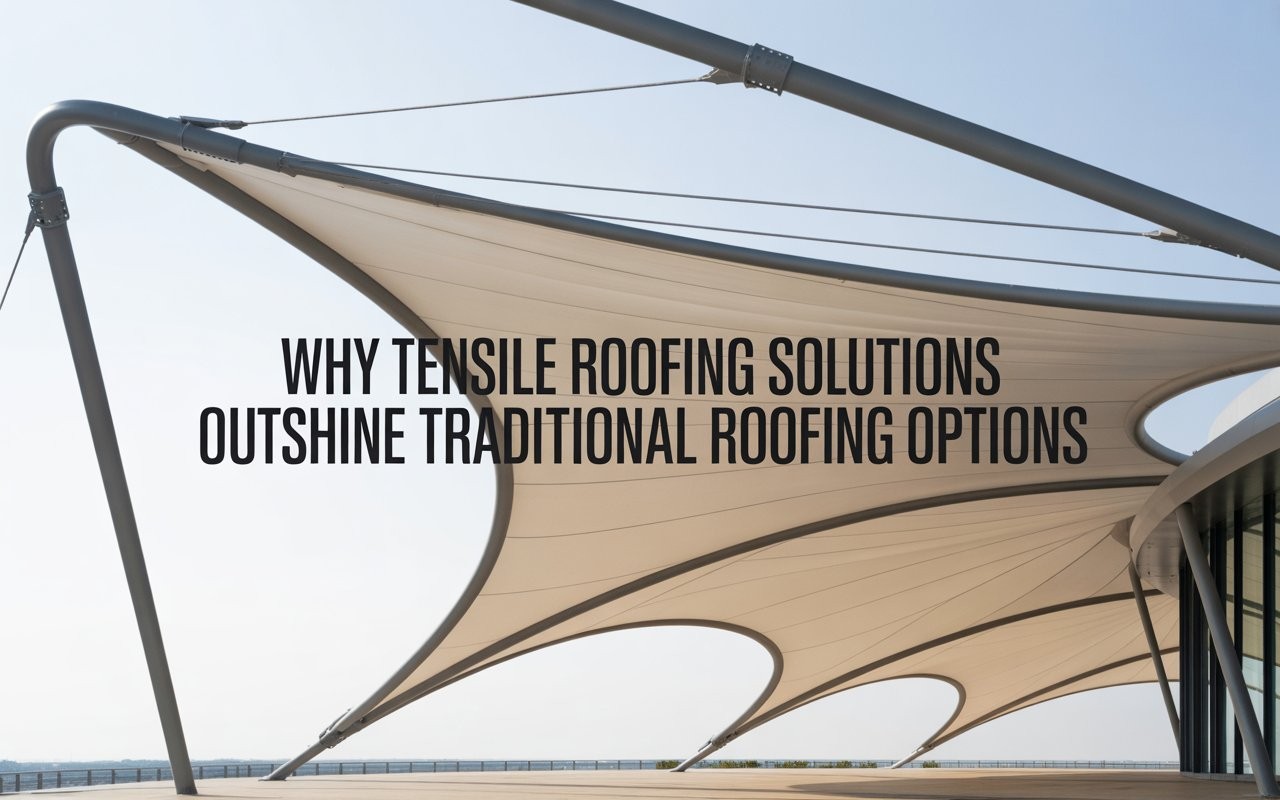
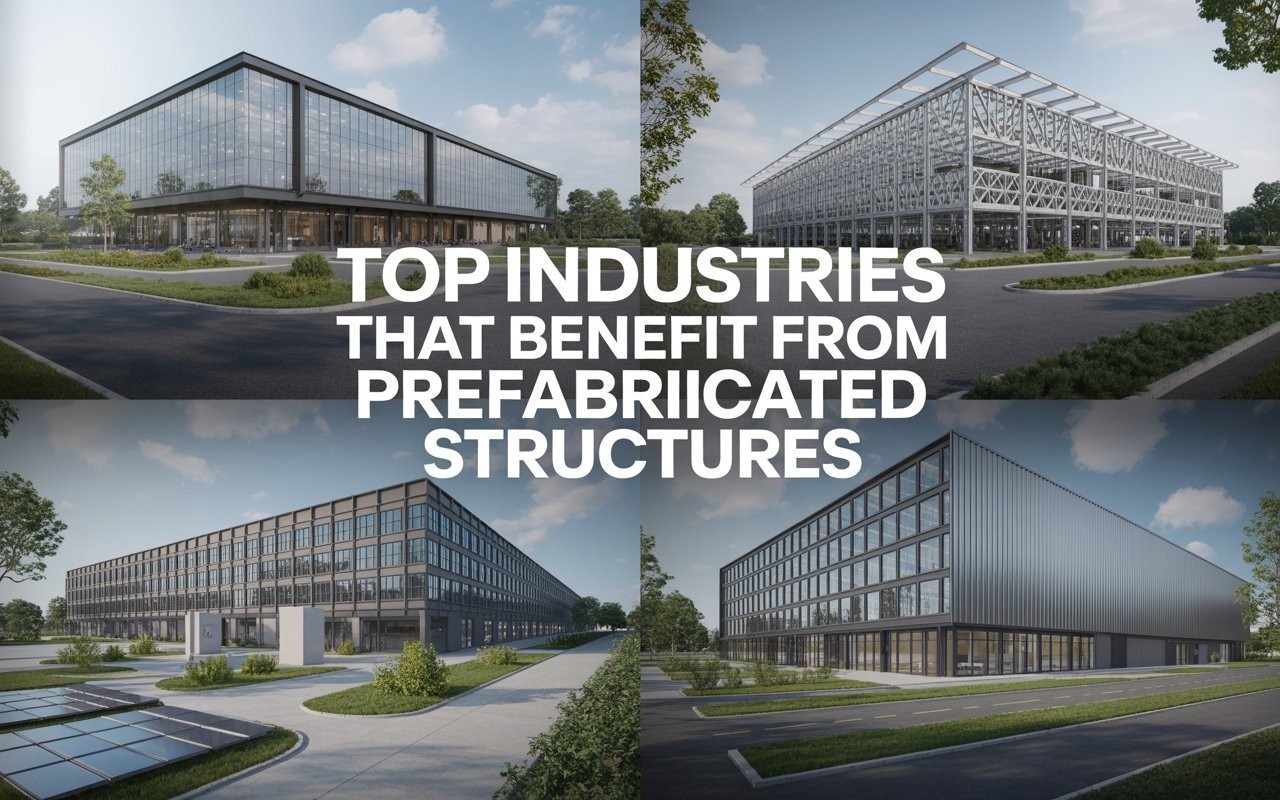
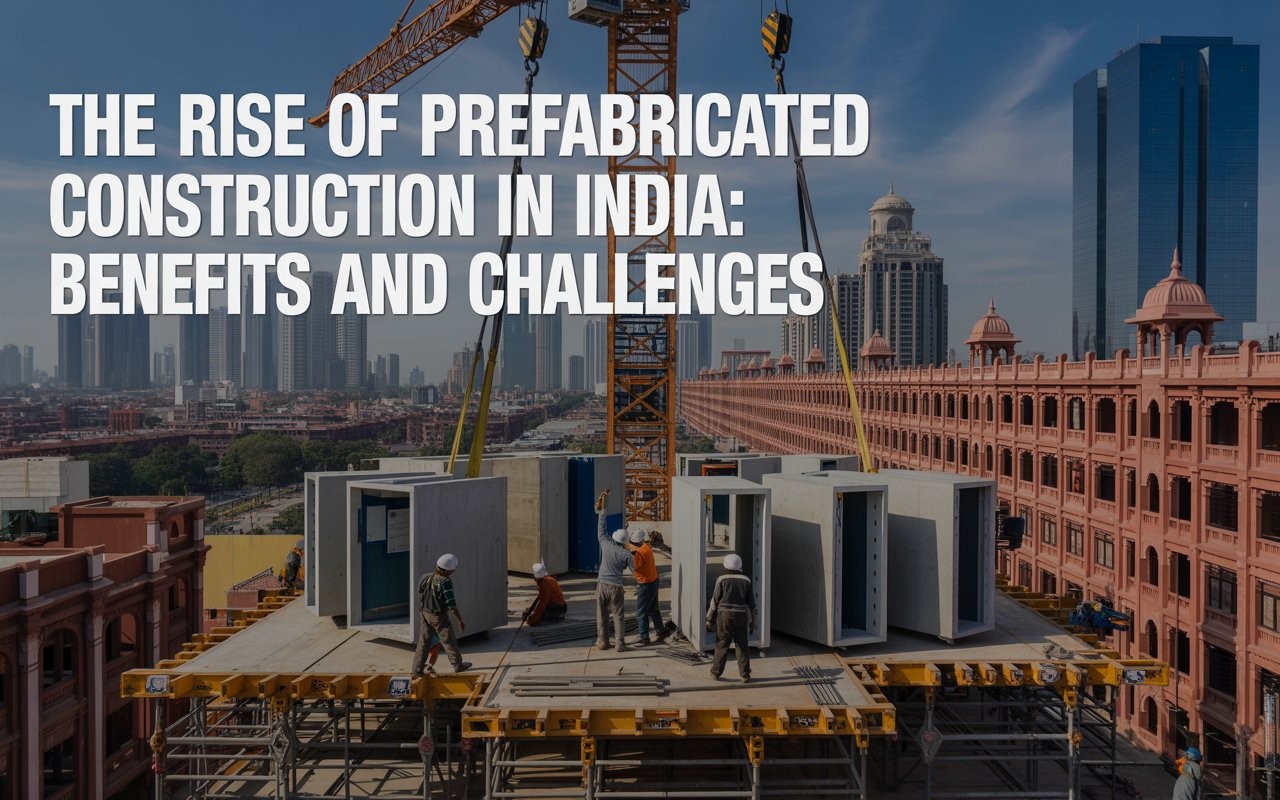
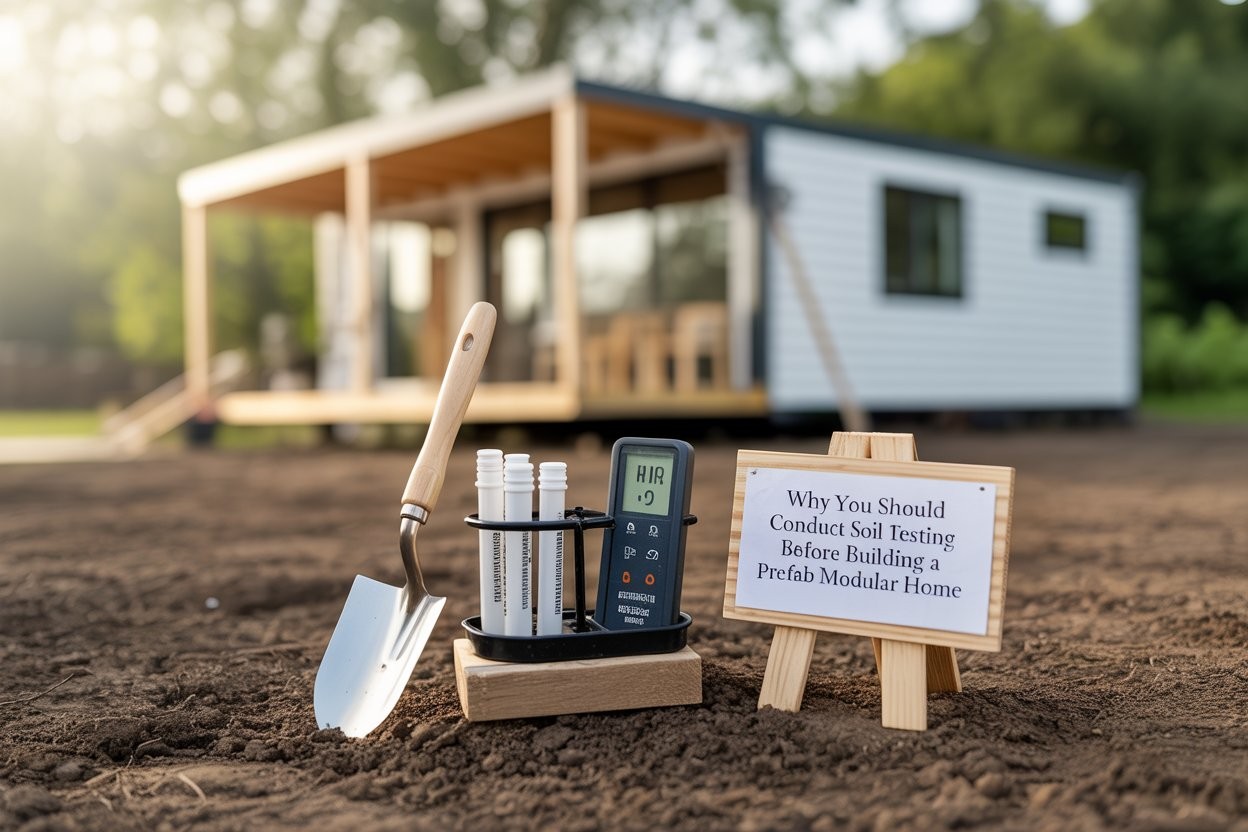
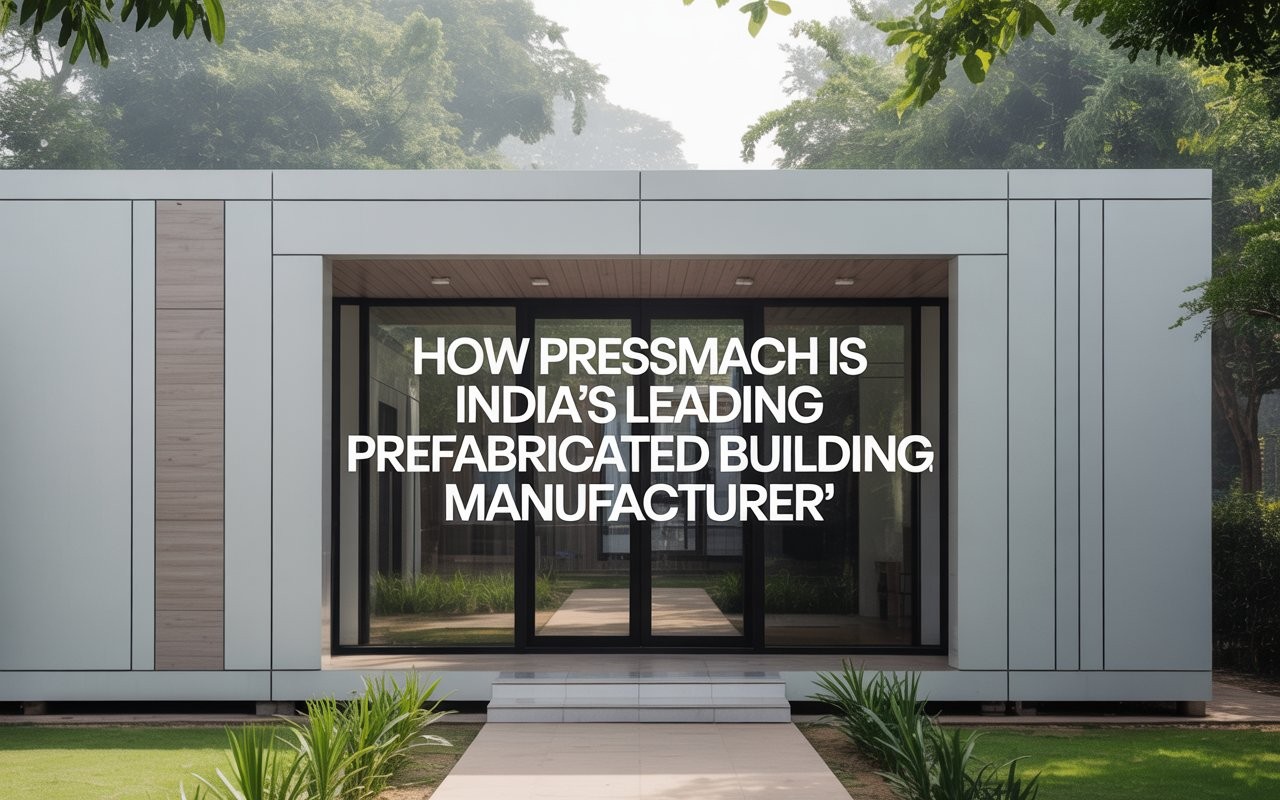
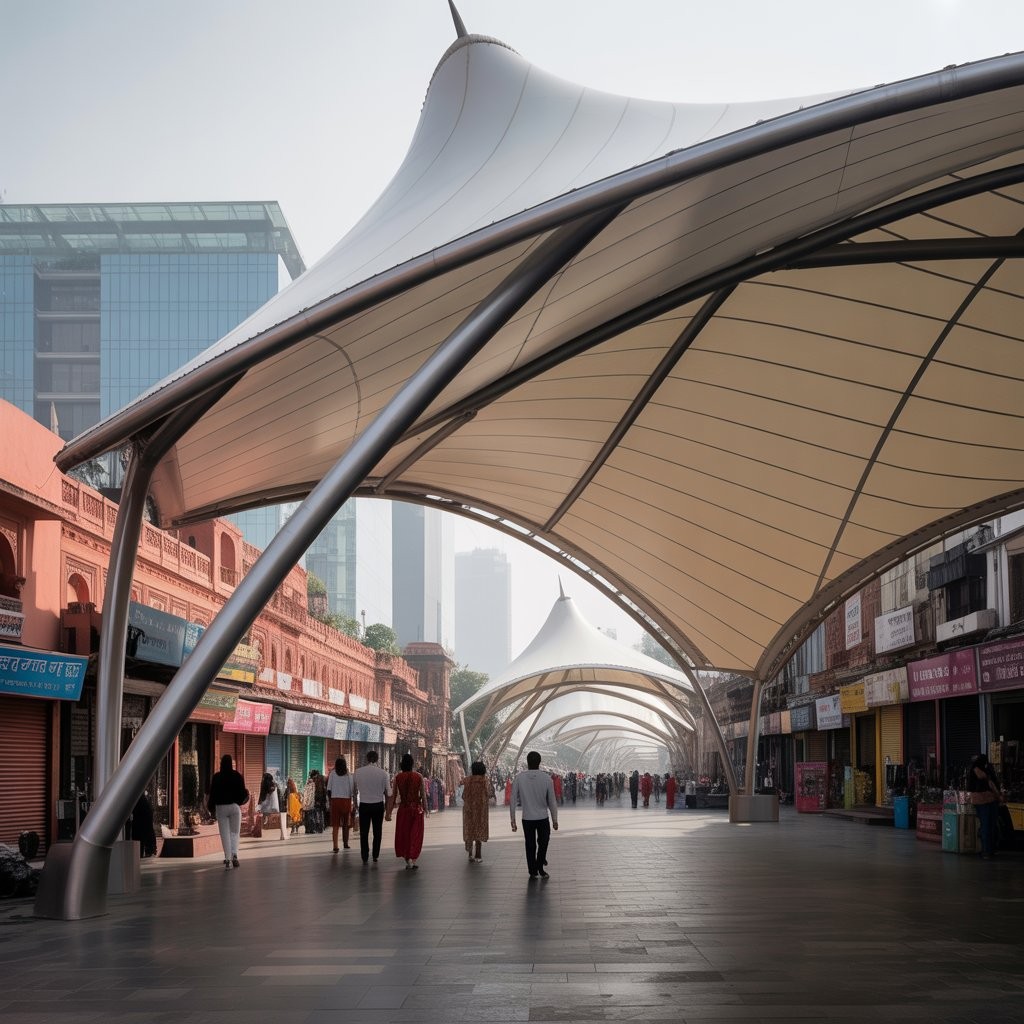
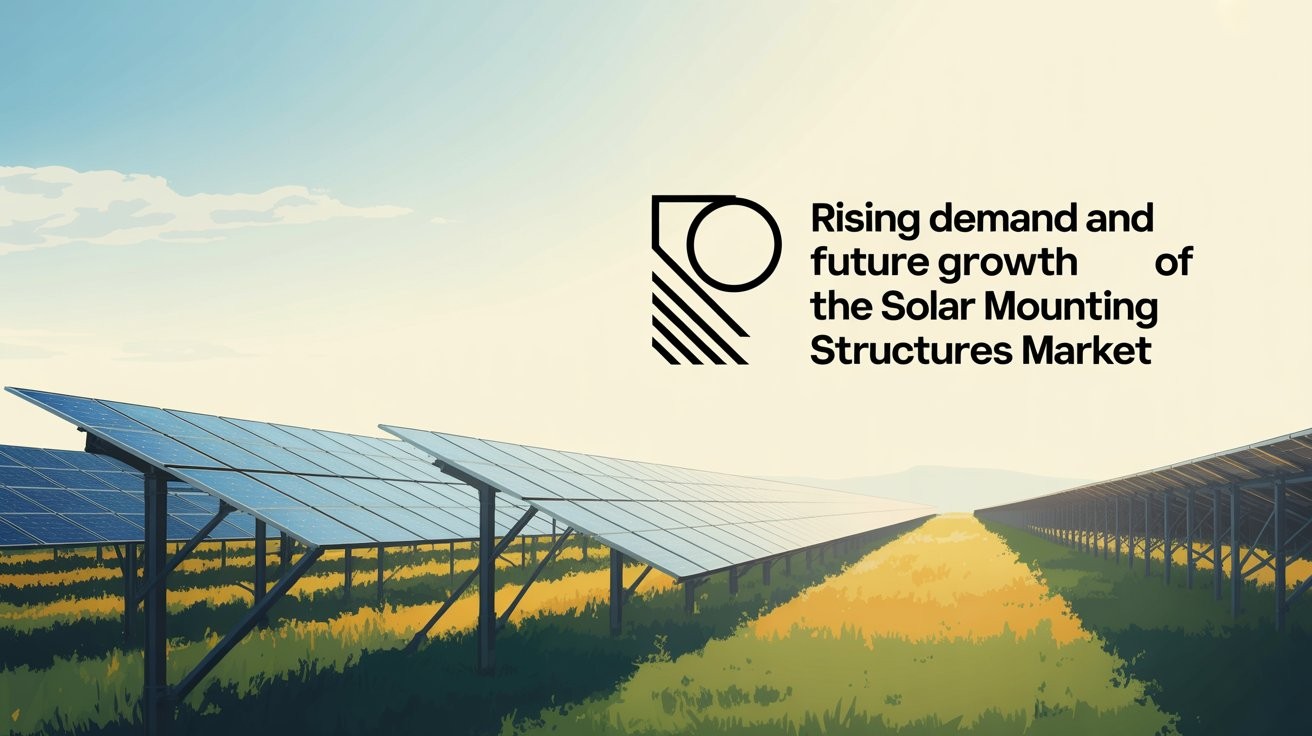
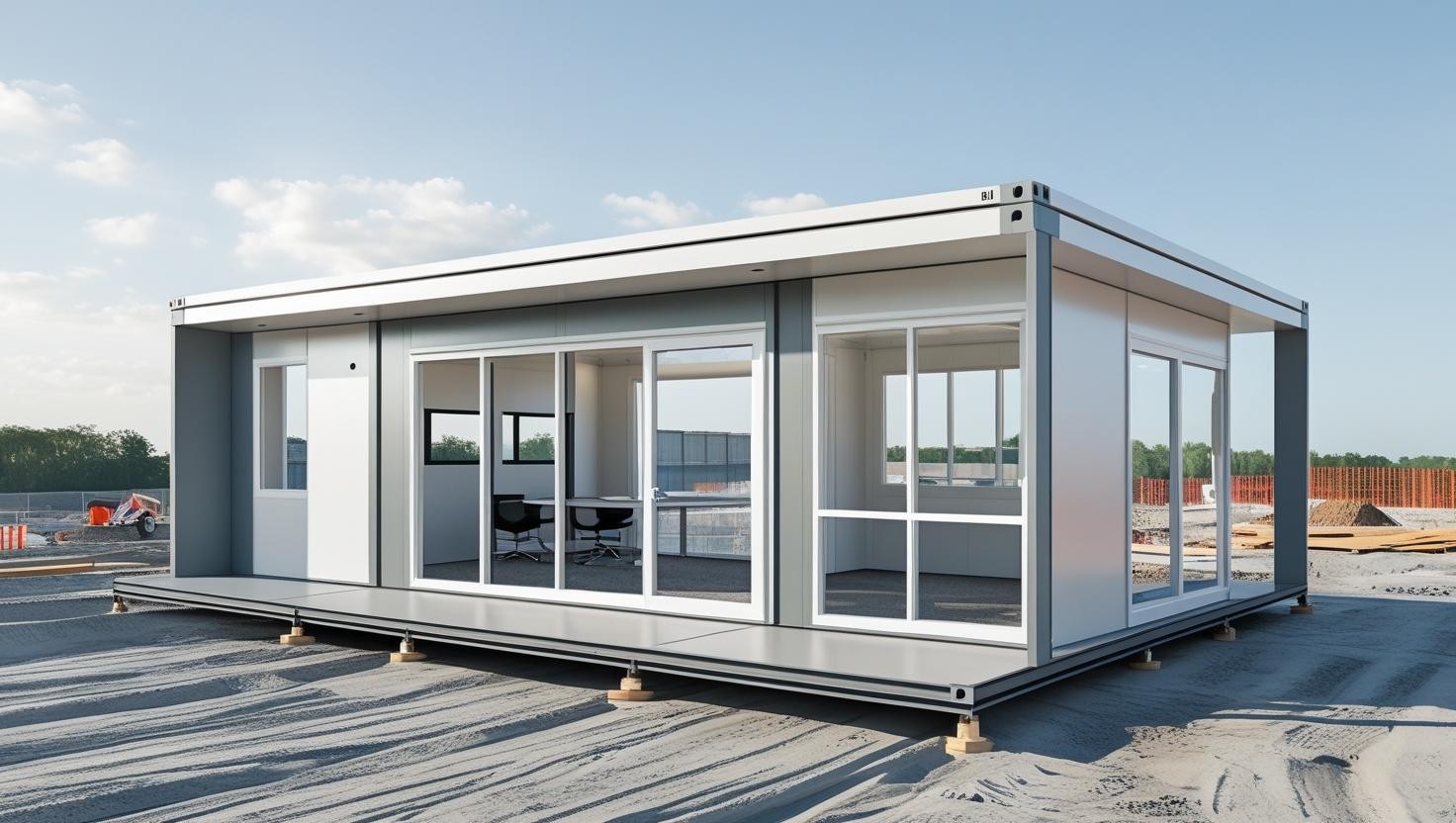
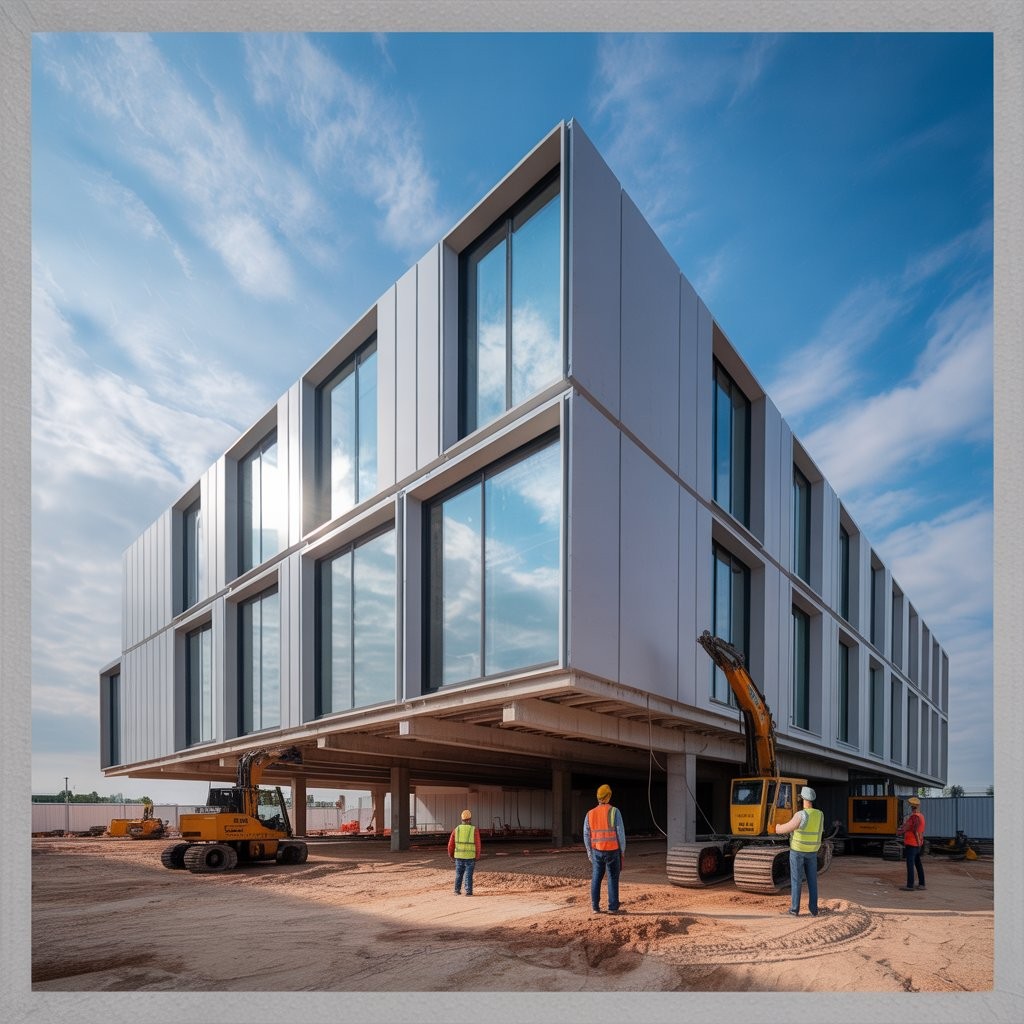









6790c3d8f29a2.jpeg)

























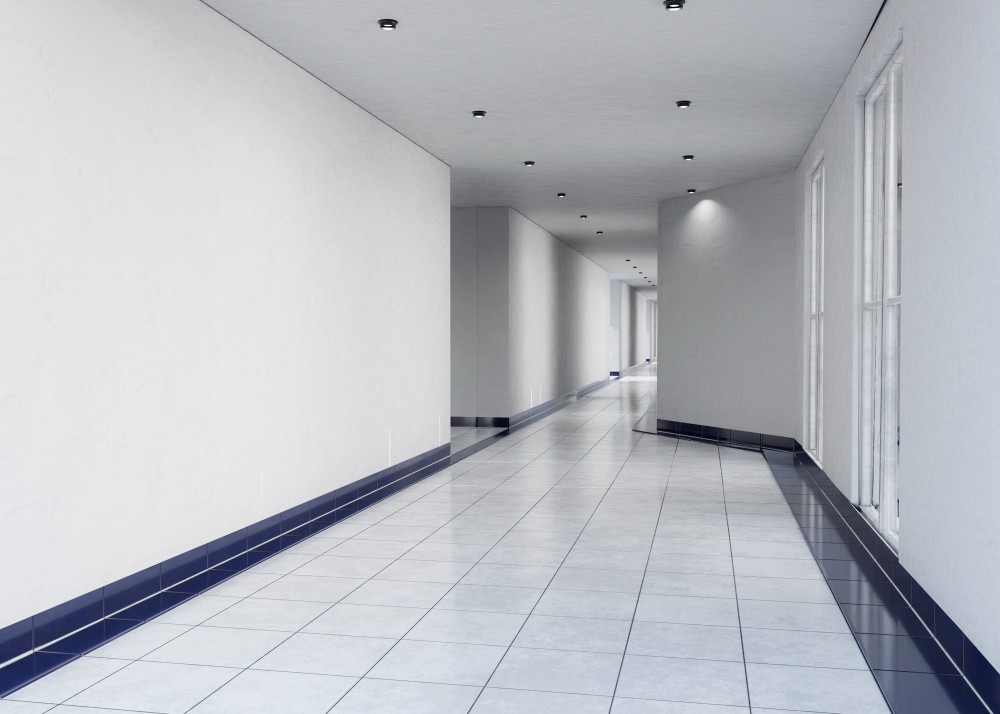
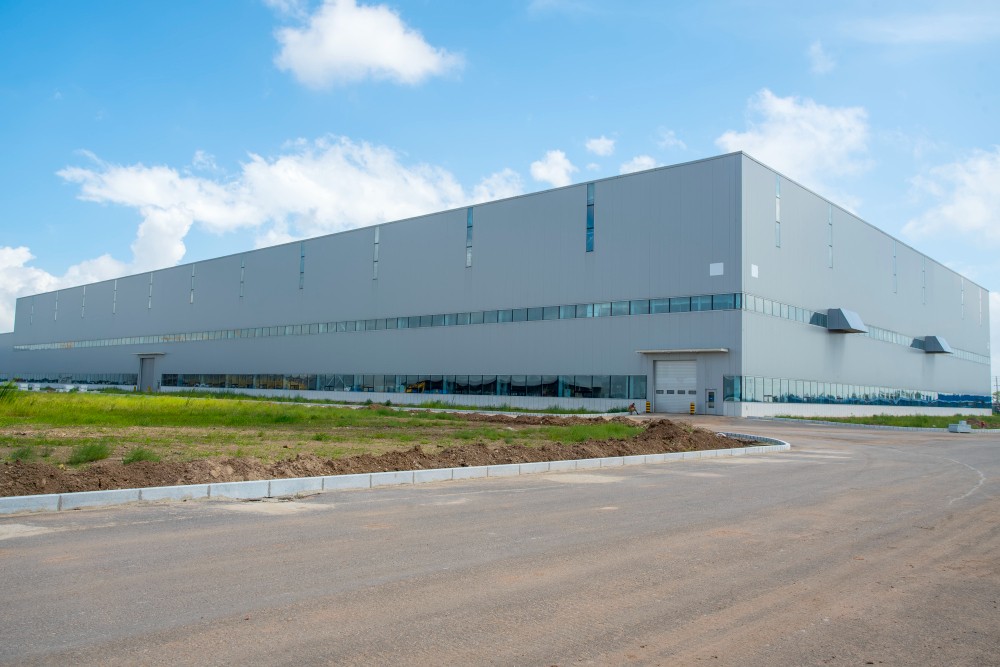

65cf4d38697f9.webp)

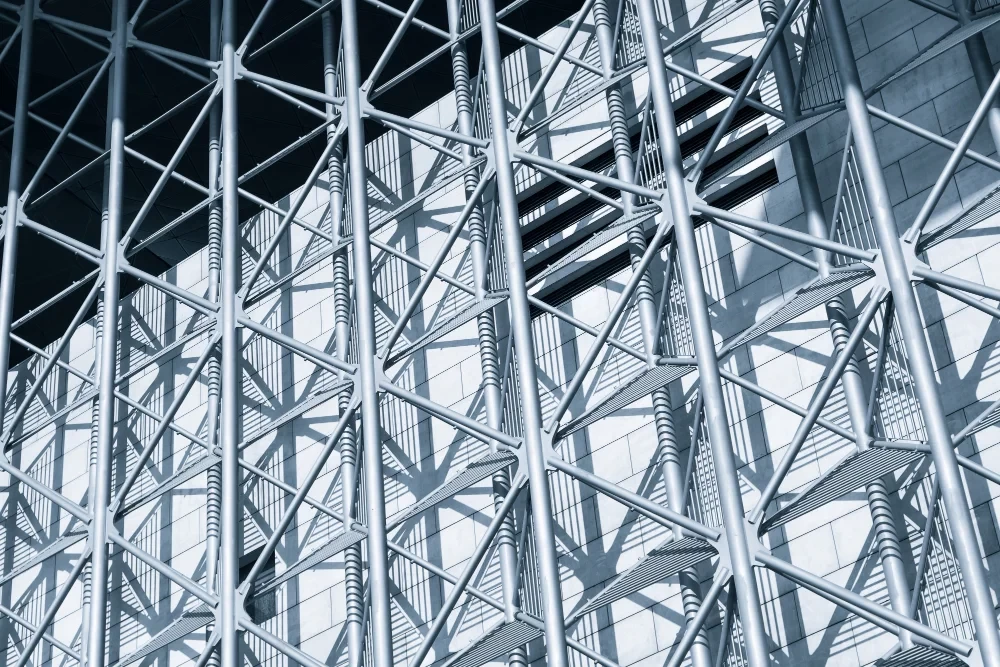
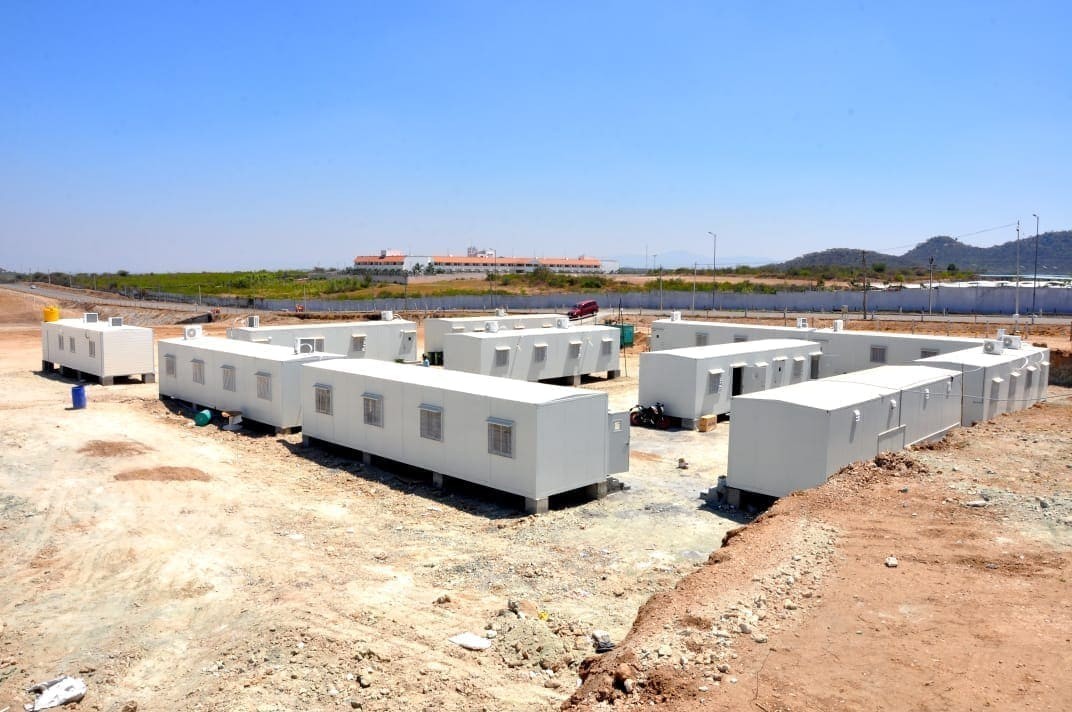
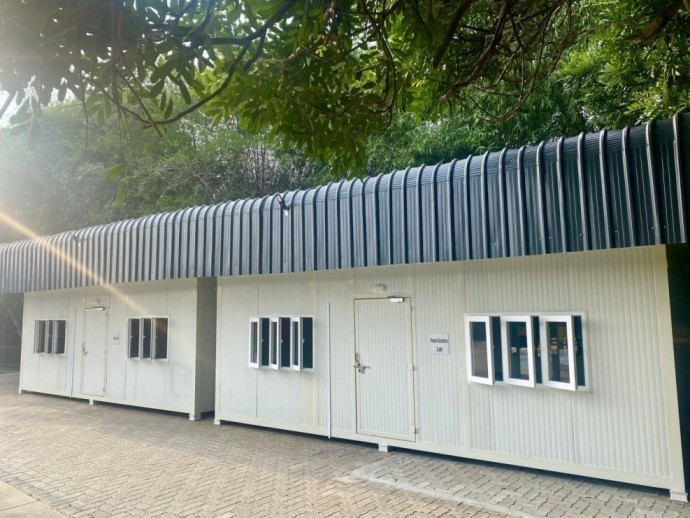


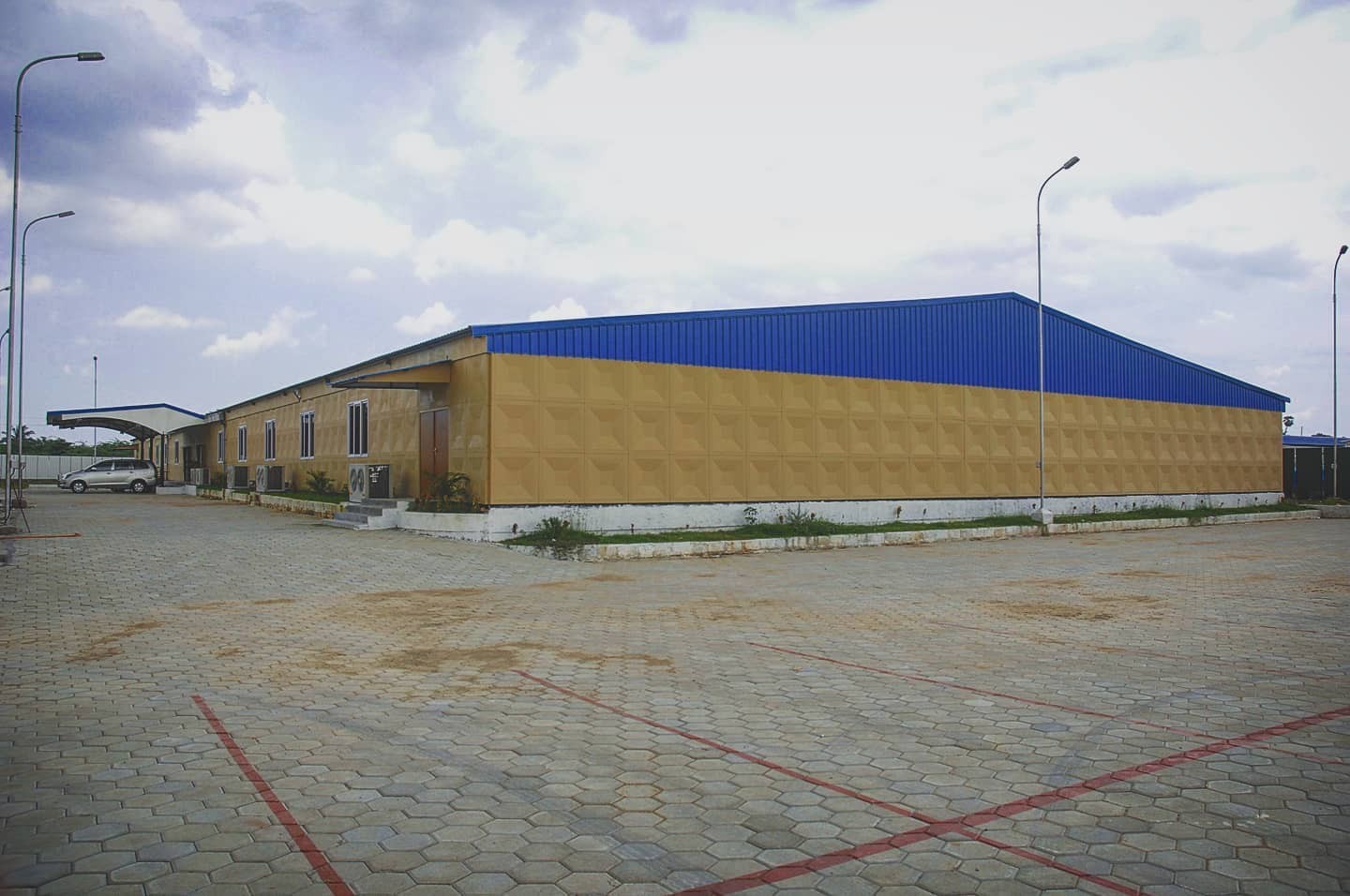
65cf65f046eed.webp)
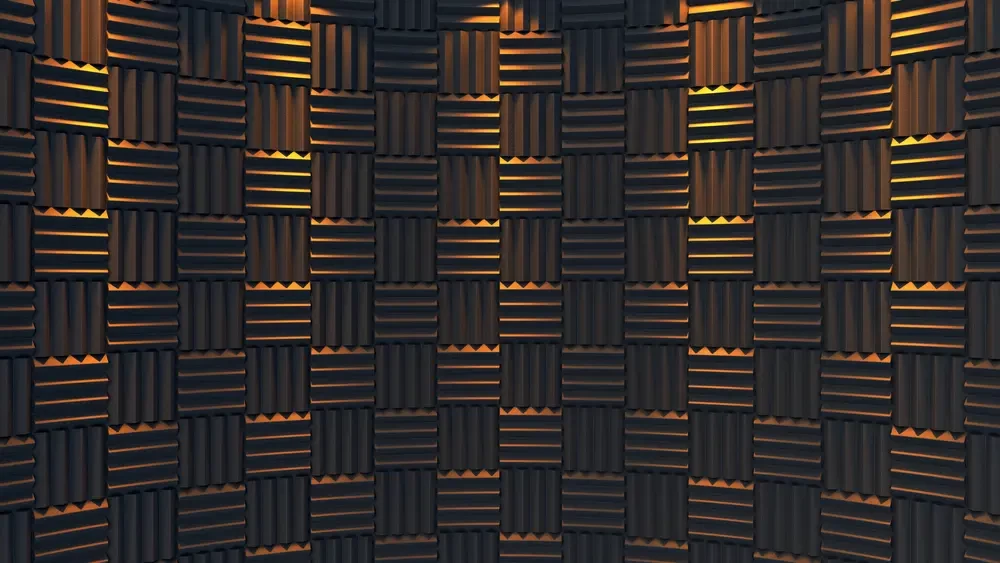
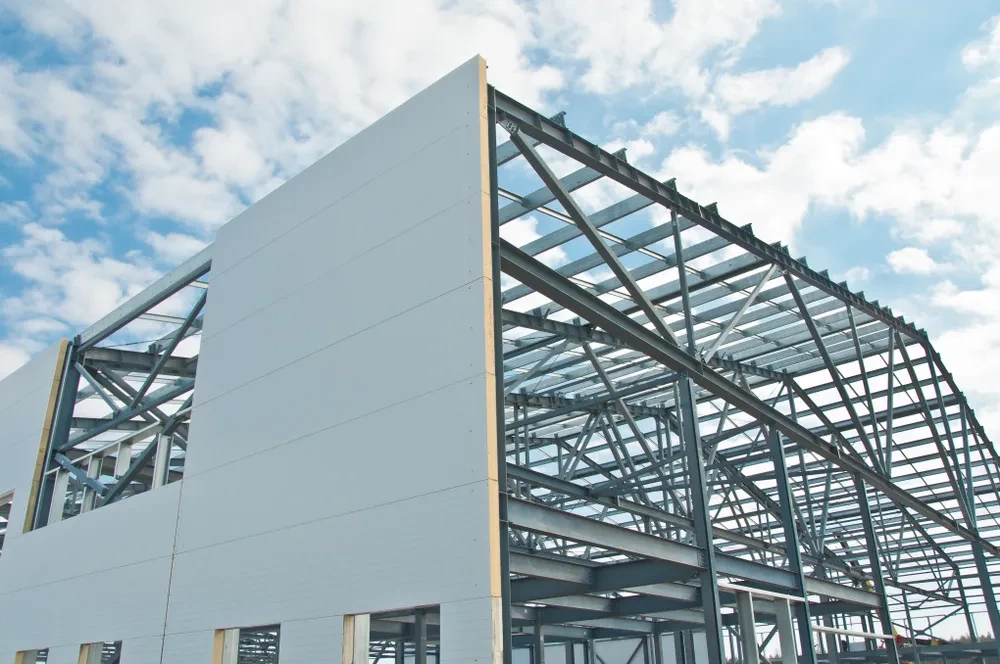
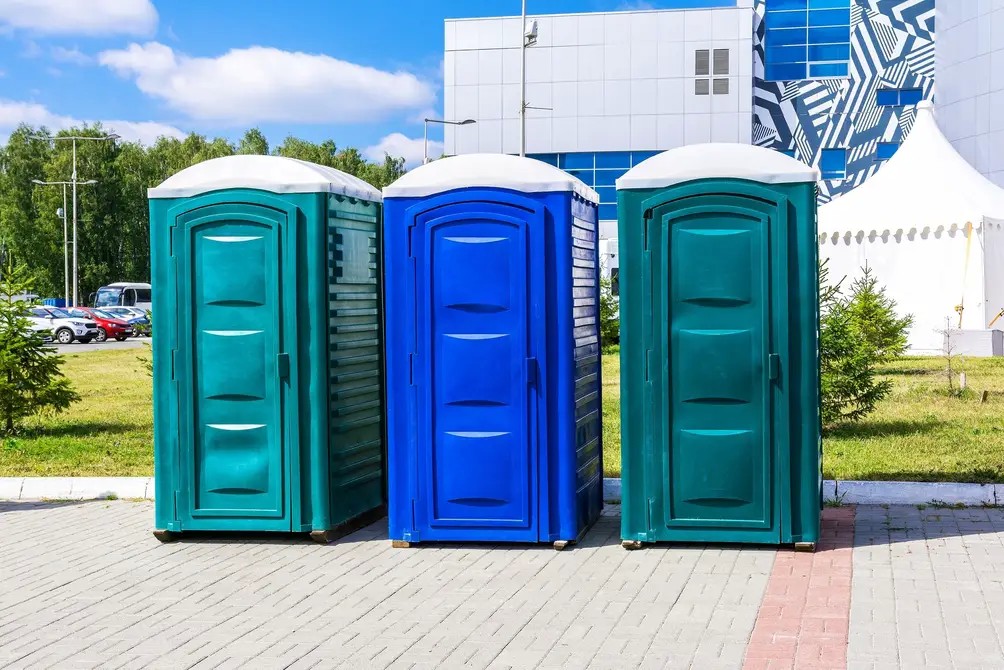
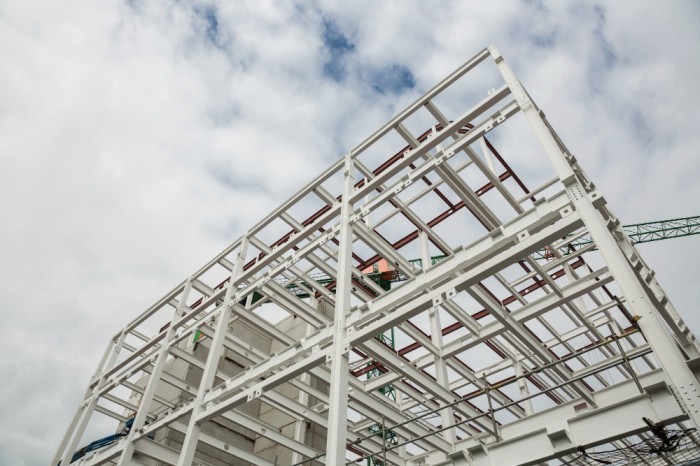
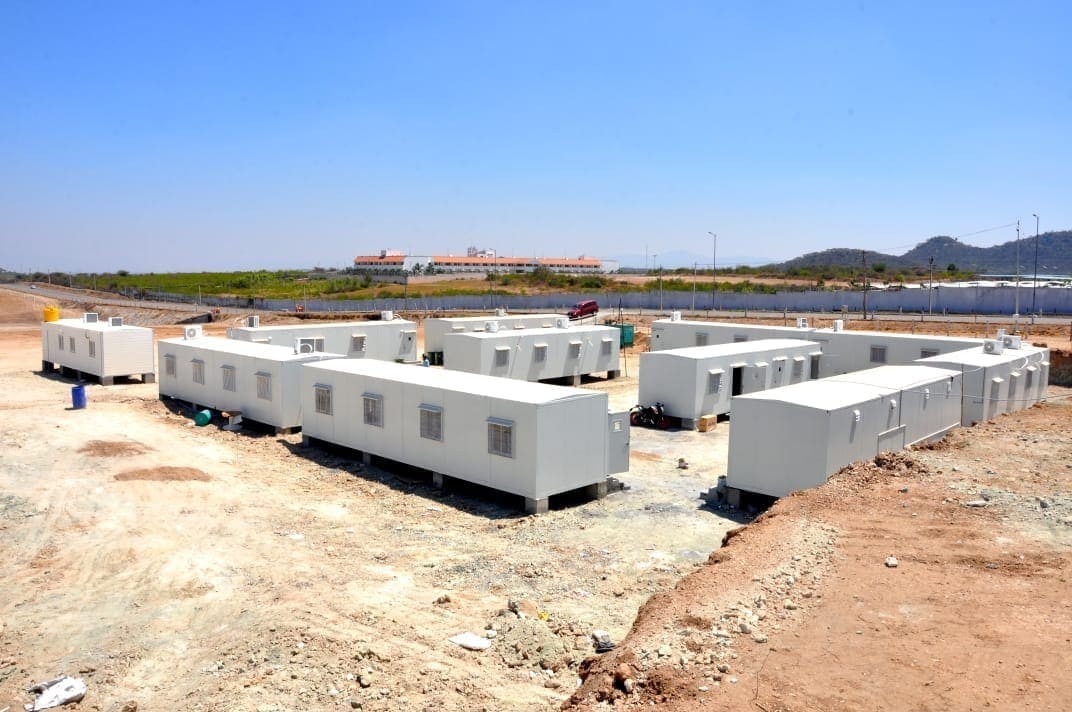
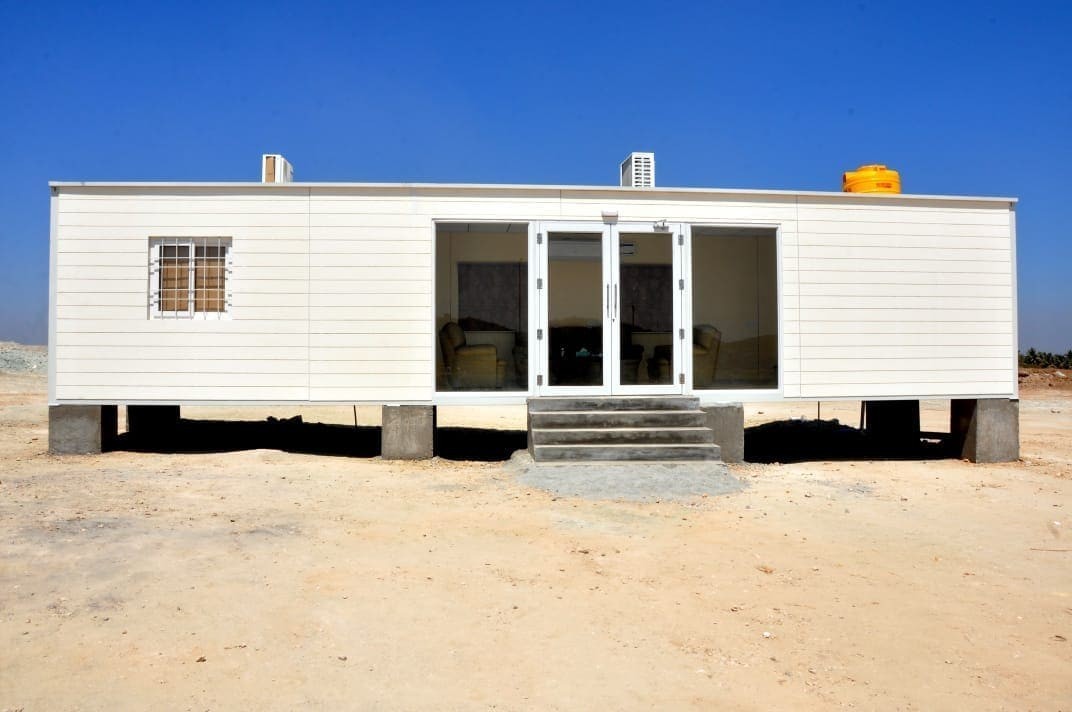
64afe3444467b.jpeg)
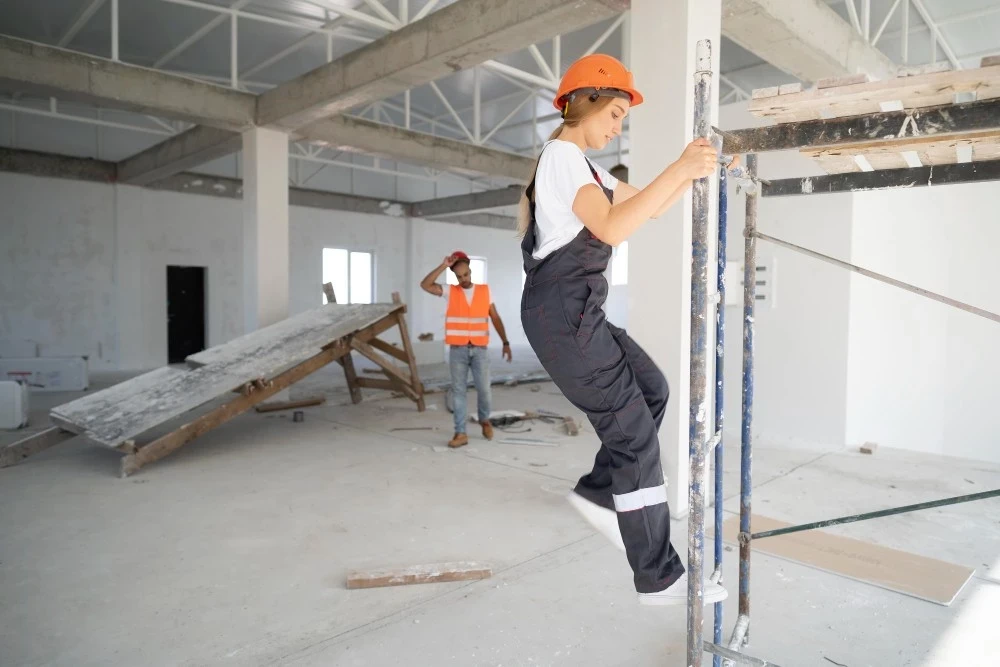
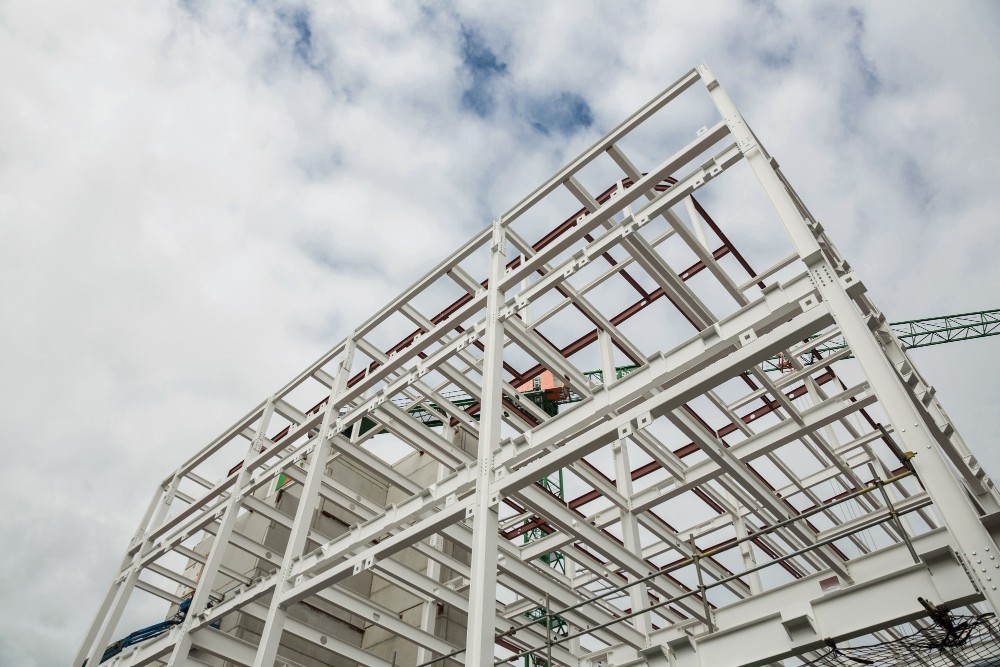
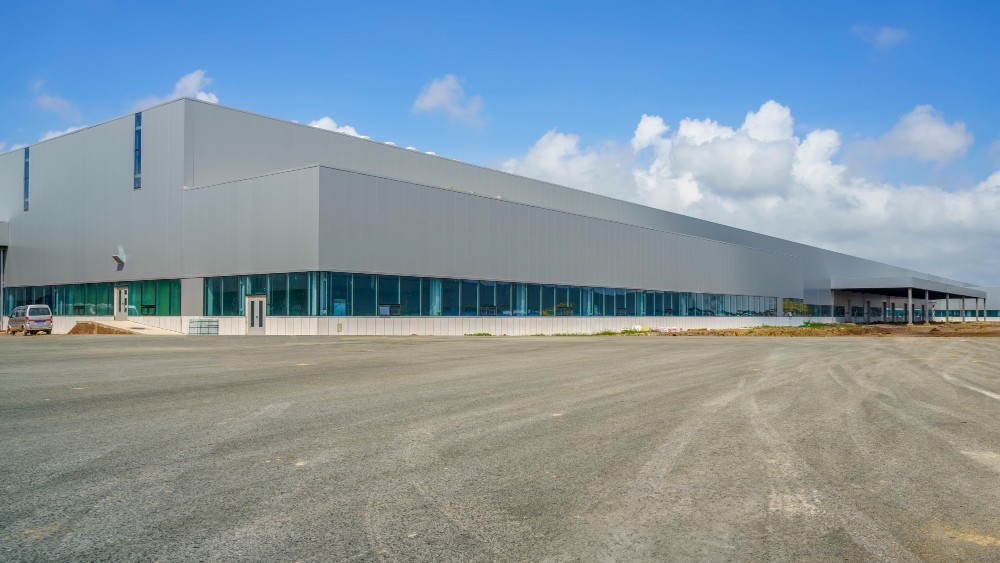
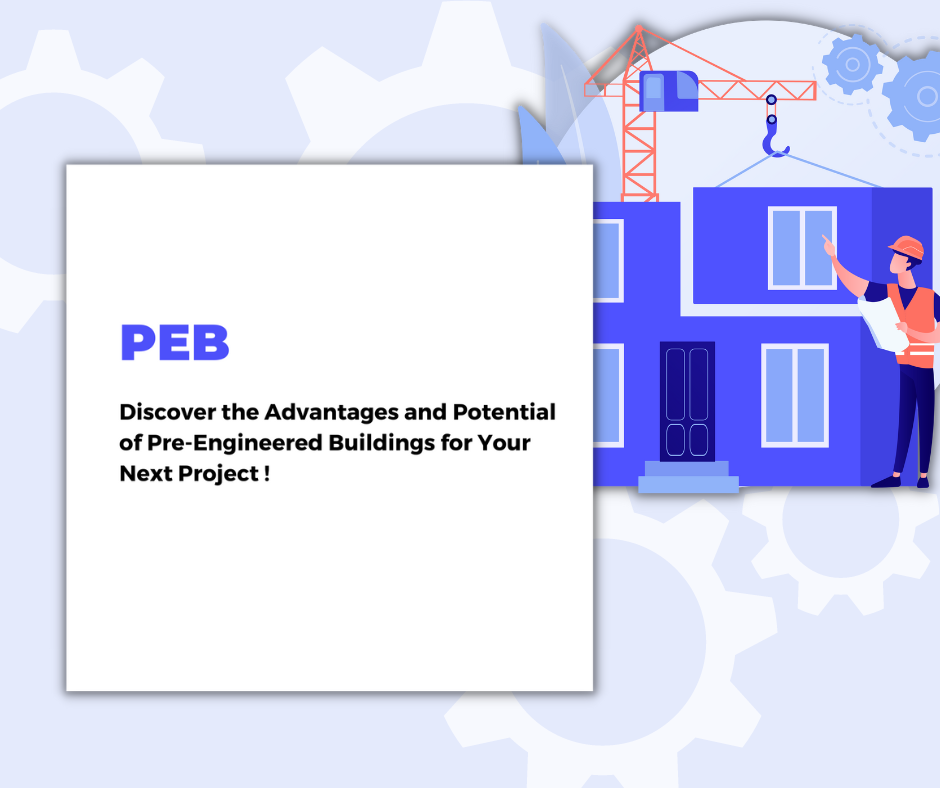
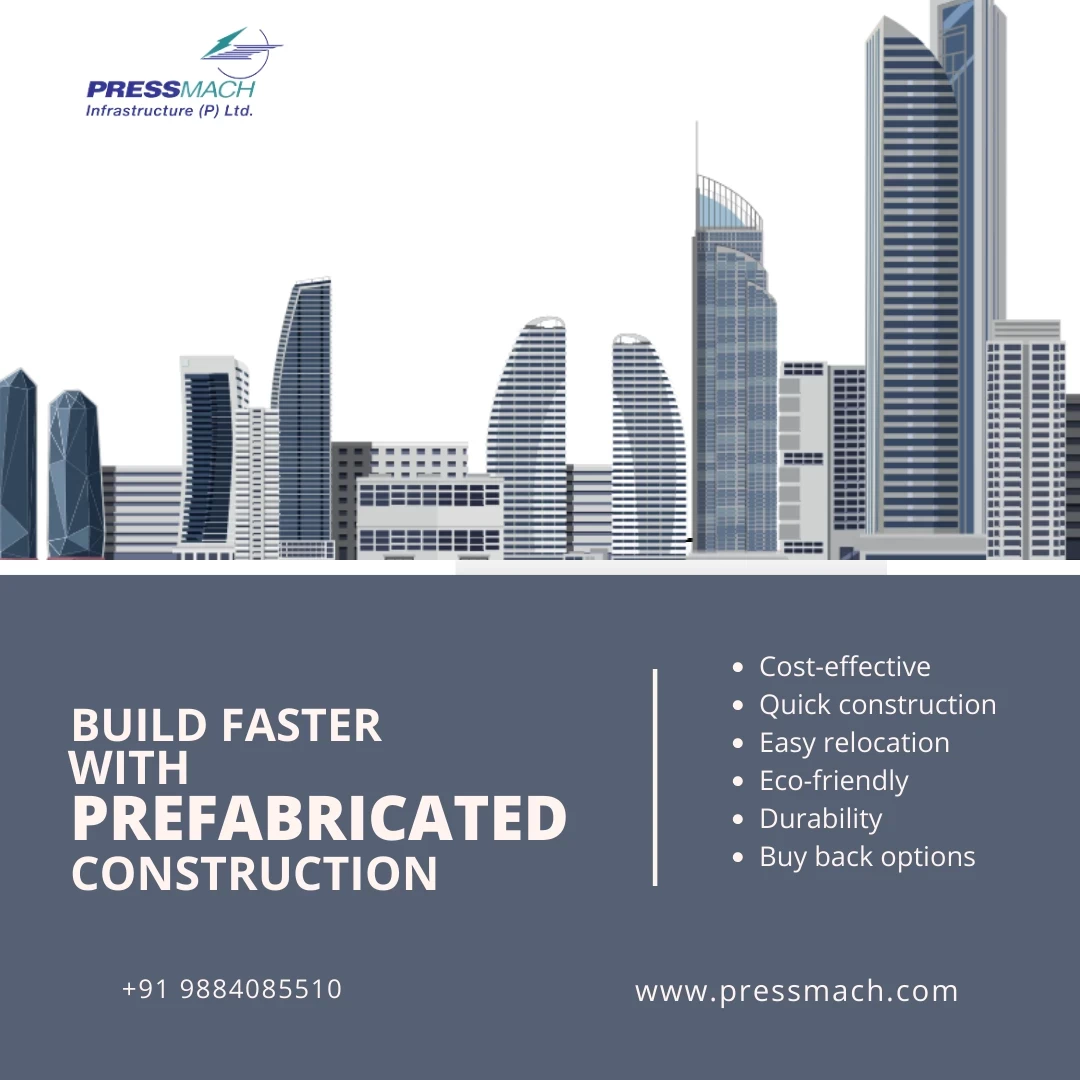
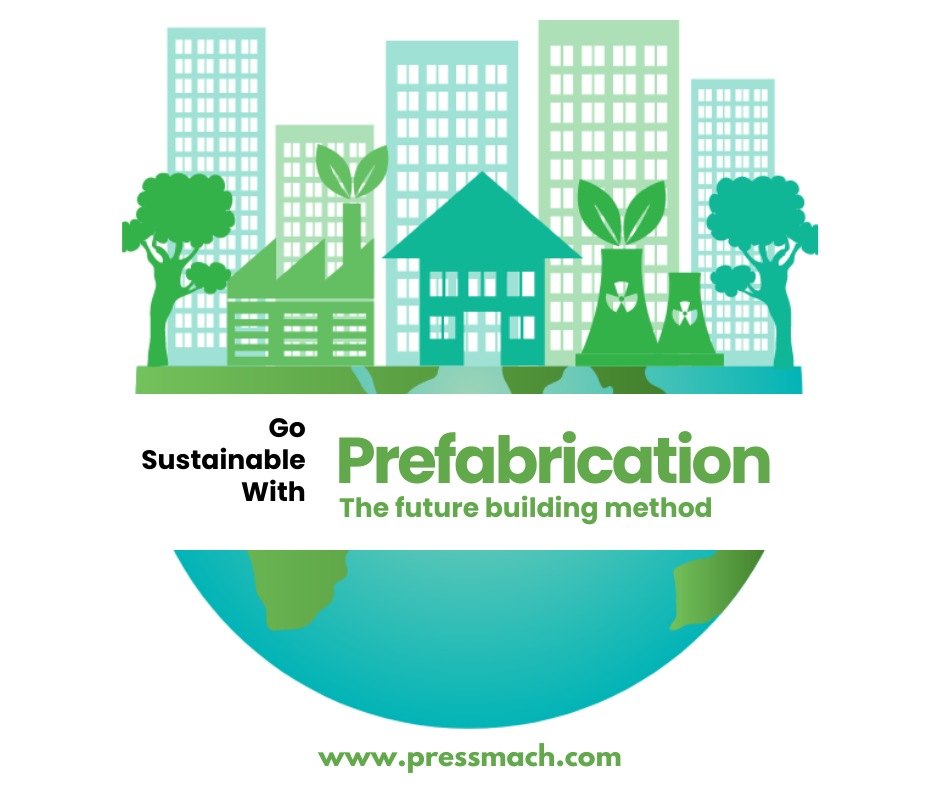
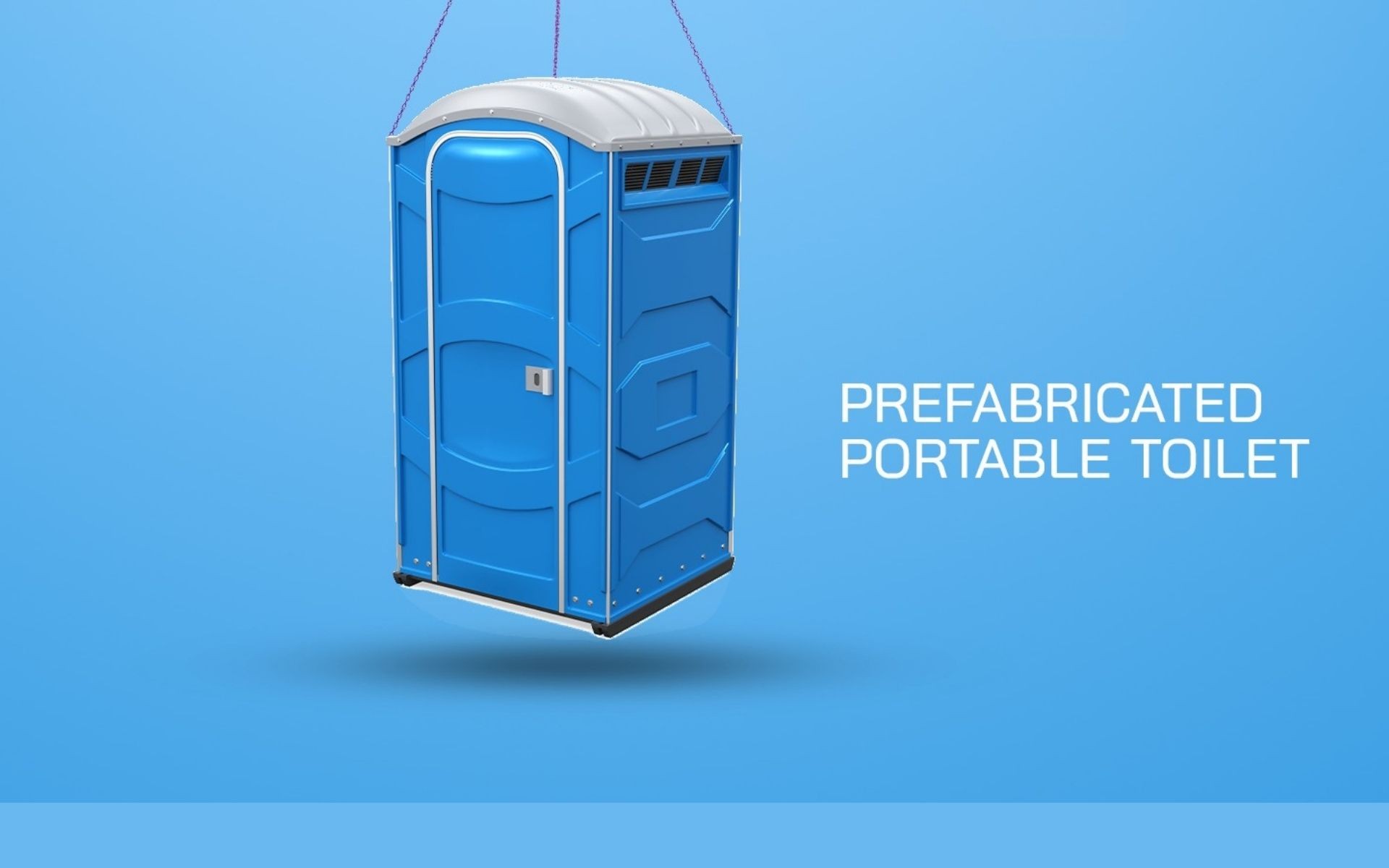

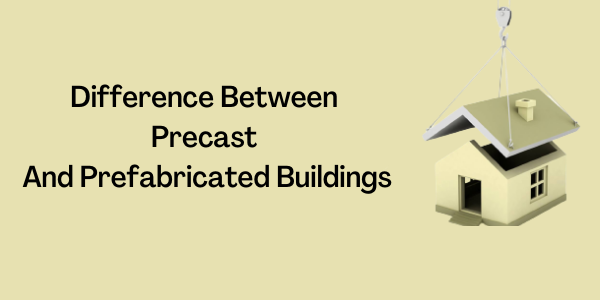
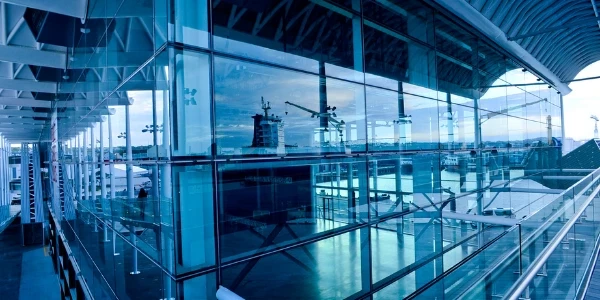

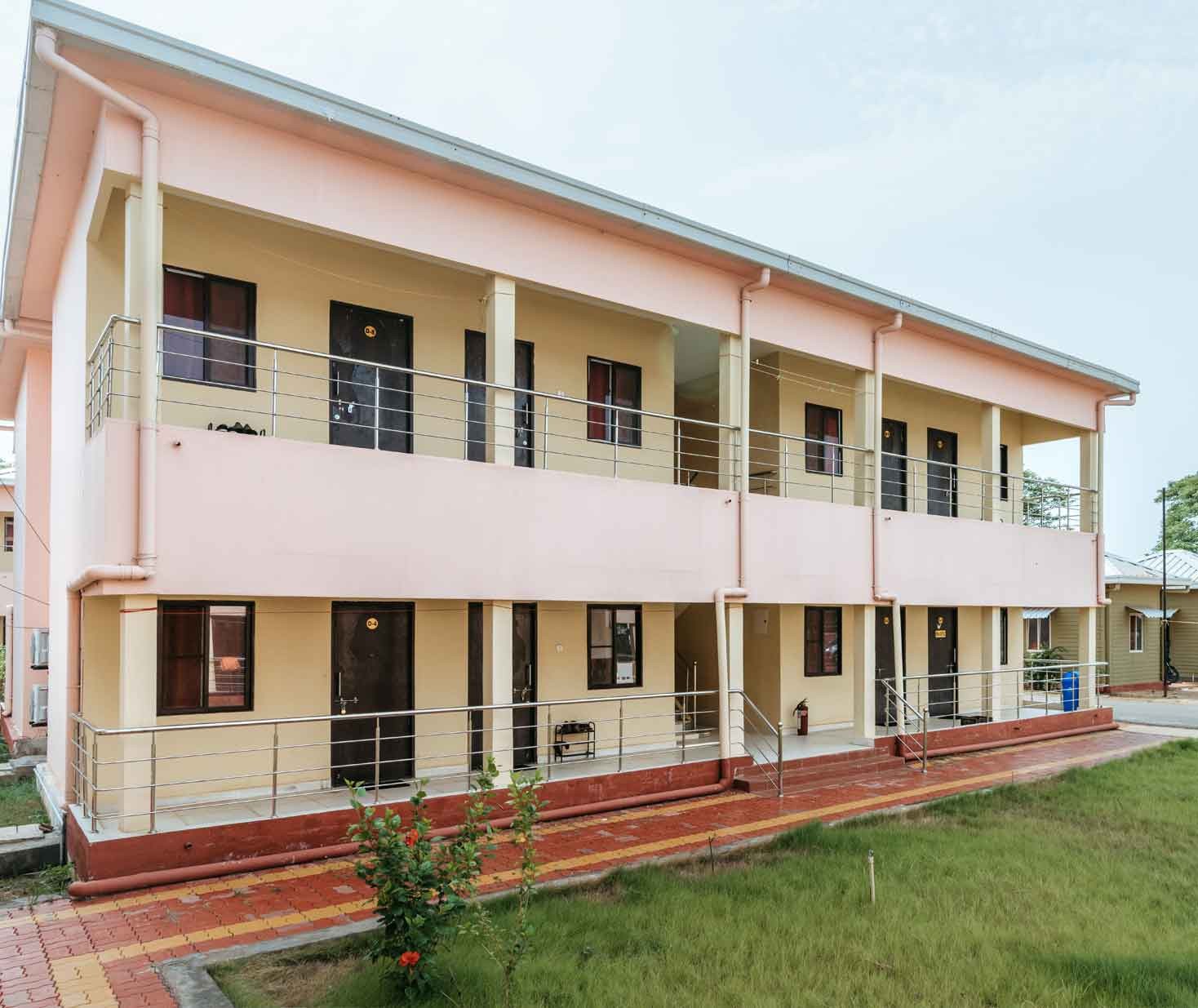
 site office front view622f00119ba65.jpg)

6349487807893.jpeg)